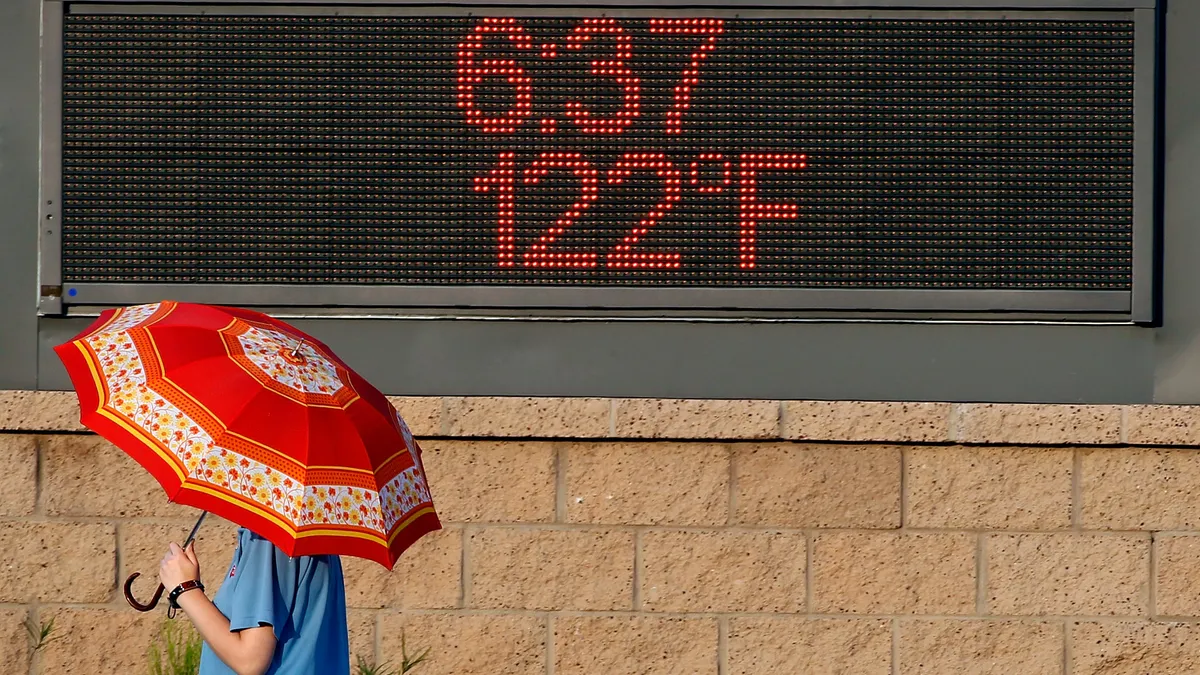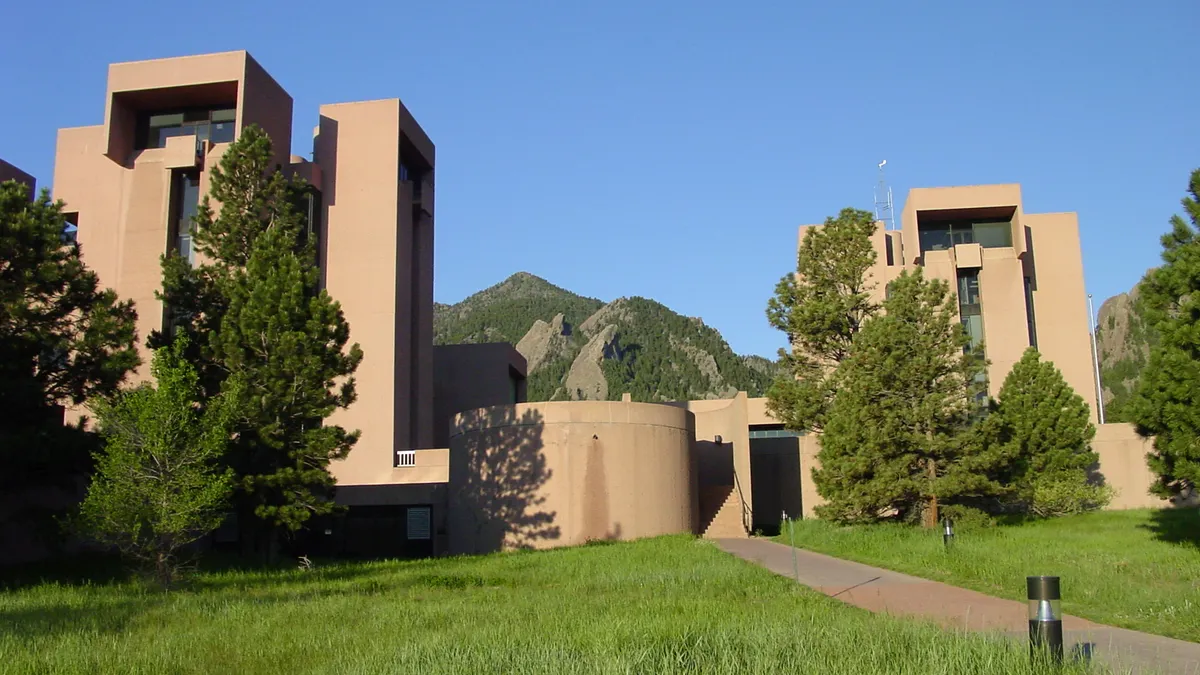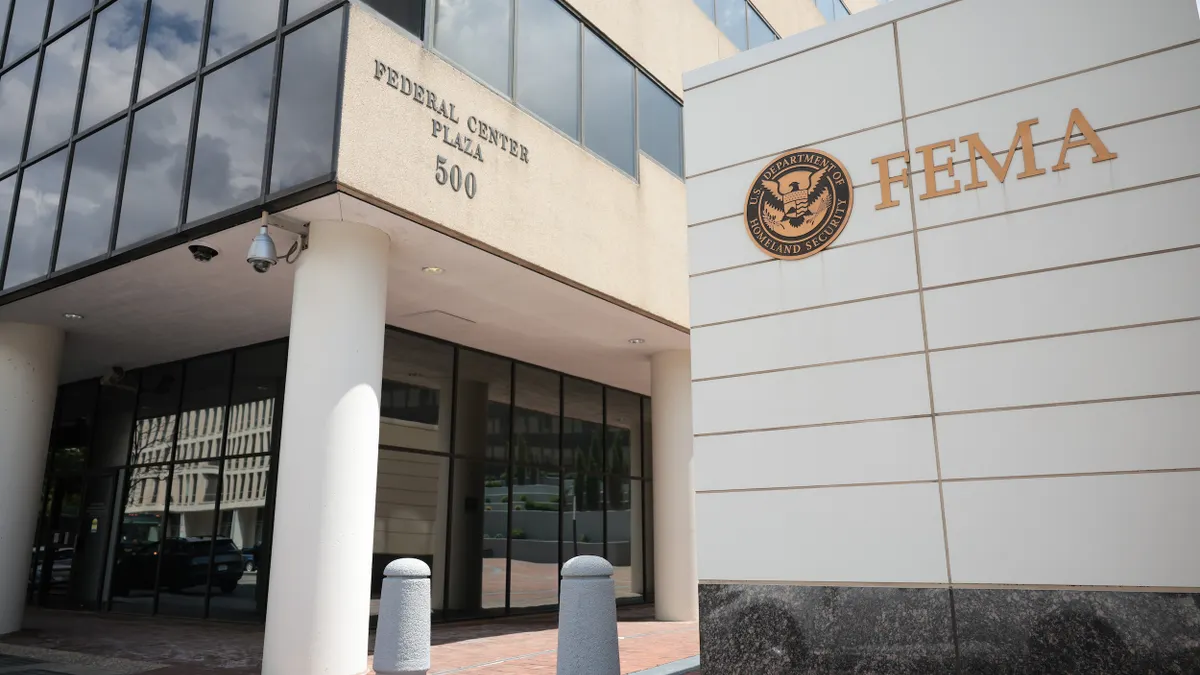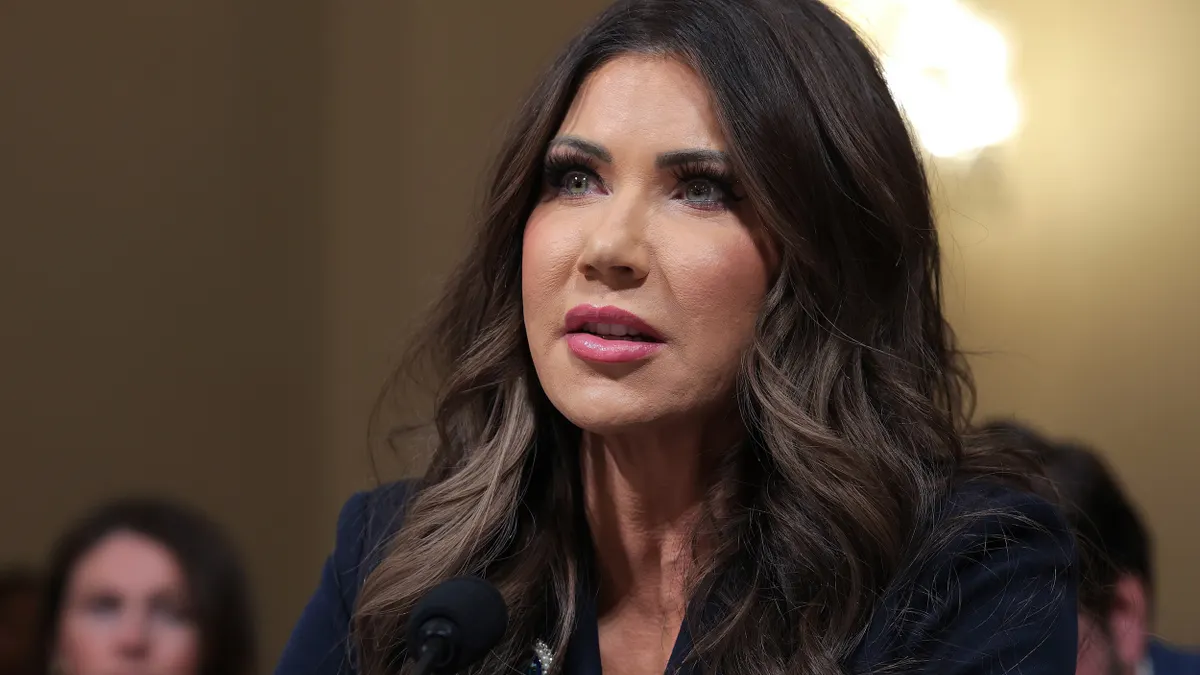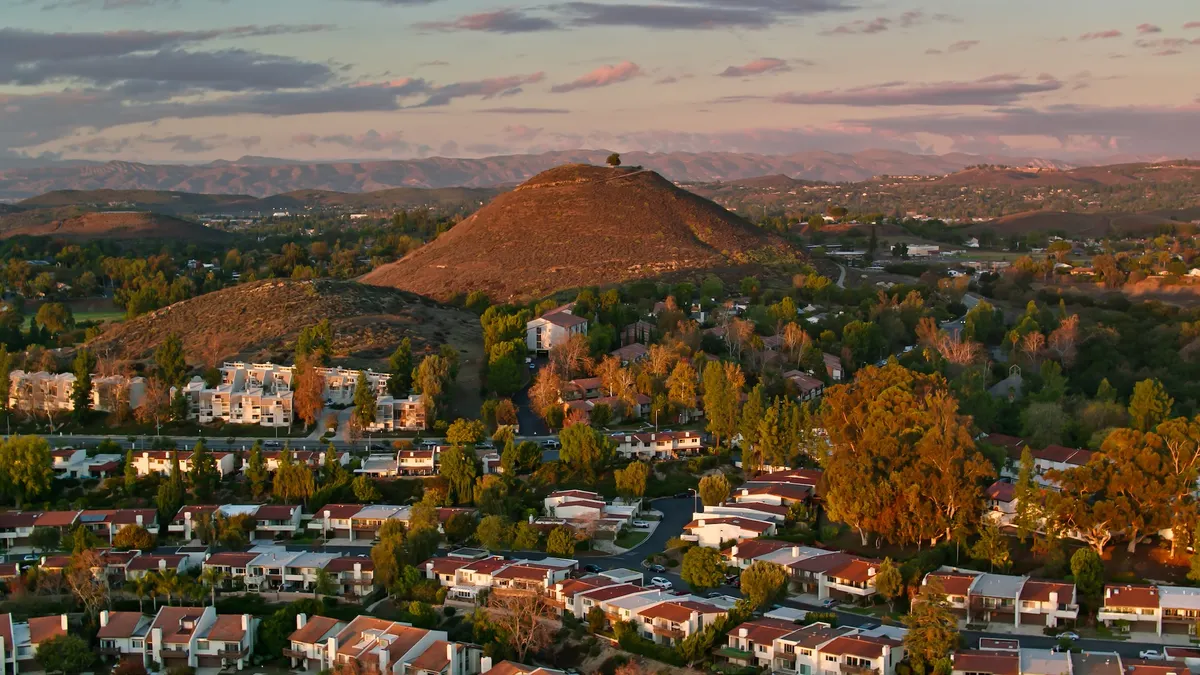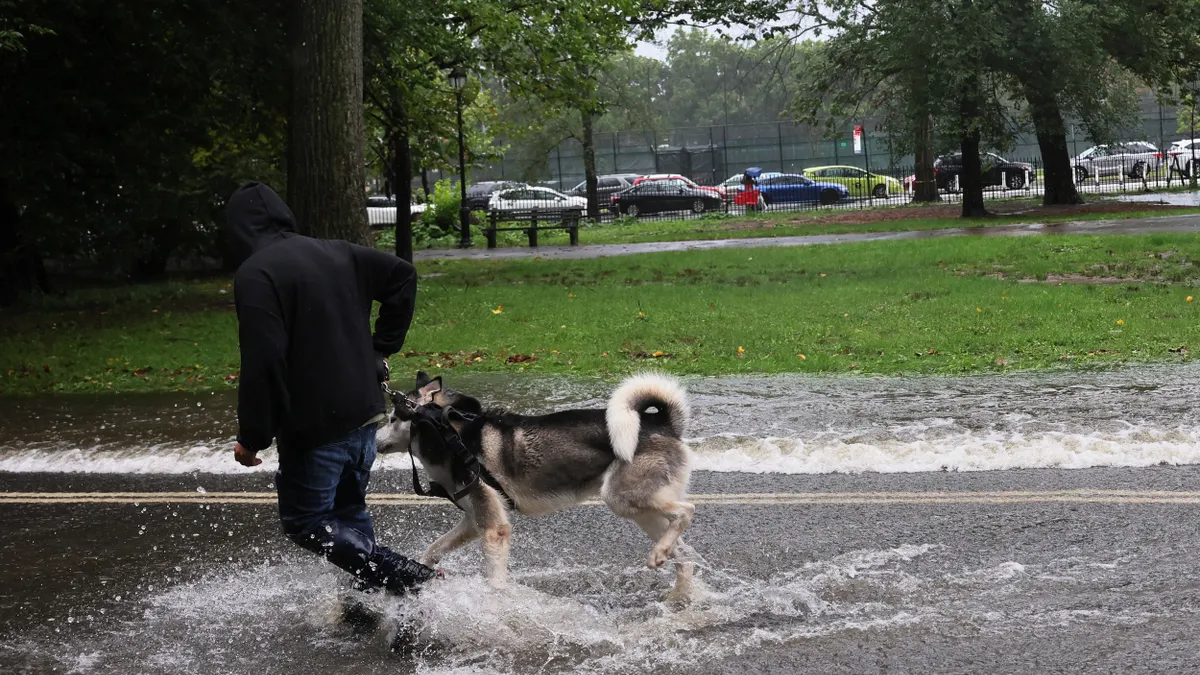With summer on the horizon, cities nationwide are bracing themselves for extreme heat events — along with the deadly and unjust impacts that follow.
But what does effective preparation look like as climate change brings more frequent, intense heat waves? City leaders are still in the early stages of figuring that part out, according to Ladd Keith, assistant professor of planning and sustainable built environments at the University of Arizona.
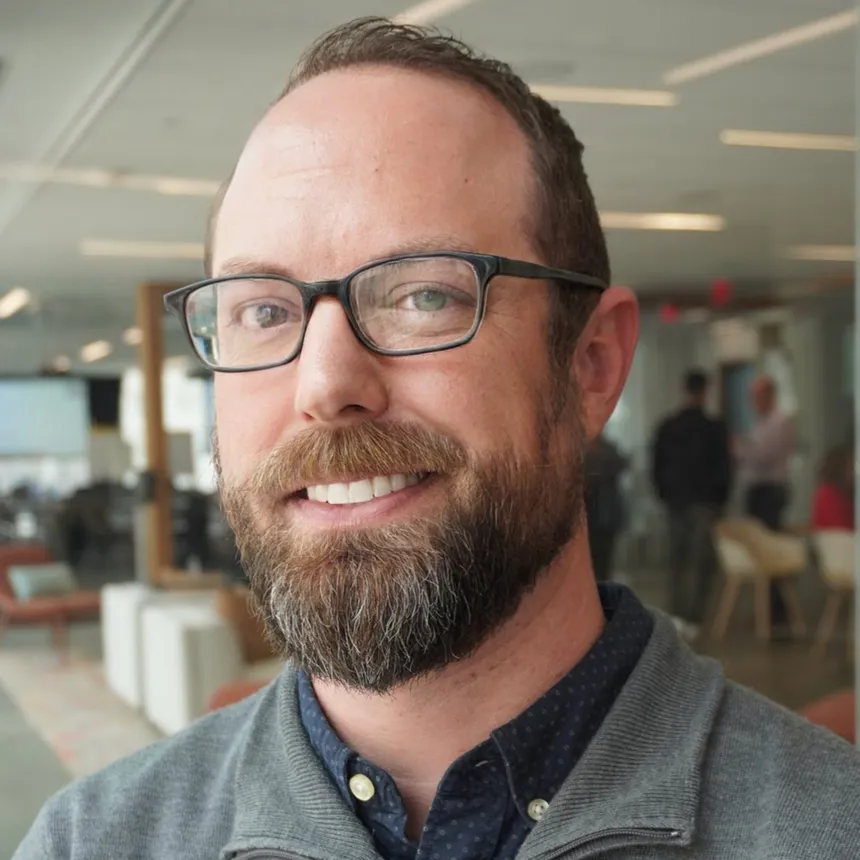
Smart Cities Dive spoke with Keith about the single event that triggered cities nationwide to reconsider their heat responses, whether every city needs to hire a chief heat officer and what cities can do this summer to protect residents from blistering temperatures.
Editor’s note: This interview has been edited for clarity and brevity.
SMART CITIES DIVE: What has changed in recent years about how cities are responding to extreme heat?
LADD KEITH: Particularly in the United States, after the Pacific Northwest heat dome, awareness skyrocketed. A lot of the communities in the temperate, cooler locations in the United States that were kind of holding back and thinking that heat was maybe something of the future that they would have to deal with, a lot of them that I've spoken with have said that moment it was a little bit for them, like ‘Oh, no, it can happen to any of us at any time.’
Since that event happened, of course, now we have three chief heat officers in the United States. We have Jane in Miami-Dade County, Dave Hondula up in Phoenix, Marta over in Los Angeles. I think that’s a good sign because we're starting to see innovative forms of local governance structure being formed. There's been continued experimentation with things like cool corridors and urban forestry and a little bit more evidence on what's working and not working on that.
I always like to point out that even though there's three chief heat officers now, we have 19,000 communities in the United States, right? Three for 19,000 cities is not going to cut it. Not every community can afford to have a full-time chief heat officer, so what is the structure that works for smaller and medium-sized communities? We're not quite there with answers on that yet.
Does every community need a chief heat officer?
Heat’s the deadliest risk in the United States, right? It kills more people than any other weather-related hazard. If you look at how we manage flood risks, we have tens of thousands of floodplain managers in almost every county that I'd say to do nothing but think about flooding, protecting properties from flooding, determining where future development happens based on flood risk, all of that.
Where it gets complicated is the question of what does work for those communities that are smaller, and if it's not a chief heat officer, what kind of structure does work? We’re starting to see some interesting experiments emerge from that space, but I don't think we're far enough along yet to have a really good answer. Other communities are experimenting with things like bringing together public health departments, urban planners, emergency managers, those departments that don't traditionally talk together, and at least making connections between those disciplines that are really central to thinking about how to manage heat, both in emergency situations and long term. A coordinator-type position between those departments, or if you have a climate resilience officer already, maybe heat is just one of those climate risks holistically that they think about with the other ones.
What can cities do right now, this summer, to protect residents from extreme heat?
Because heat is a relatively new climate risk compared to other climate risks, it's not surprising at all to see that a couple silver bullet strategies have emerged because when you first learned about something, your knowledge is really limited. You grab the things that you see other people doing. I think where we've ended up is a lot of urban forestry efforts and a lot of focus on cooling centers.
For this summer, in particular, the best time to plan your cooling center operation plan was in the winter. It's not great to plan for cooling centers when it's already hot and when it's already summer because you're going to have a little bit less effective coordination and missed opportunities with that. Here in Arizona, we actually have year-round cooling center meetings. There are a number of different task forces and networks that are set up that are a combination of local governments, nonprofits, faith-based organizations, academics that research heat.
For those communities that may be thinking what they can do for heat this summer, if they haven't started that conversation, I would say get the folks together in the room who are really critical to preparing and responding to heat emergencies. That would be the National Weather Service — the local offices are really critical for those early warnings — the public health department, the emergency management department, and urban planners — even though they're focused on the long-range— that will have a lot of resources and information that's really helpful in planning for summer activities as well.



